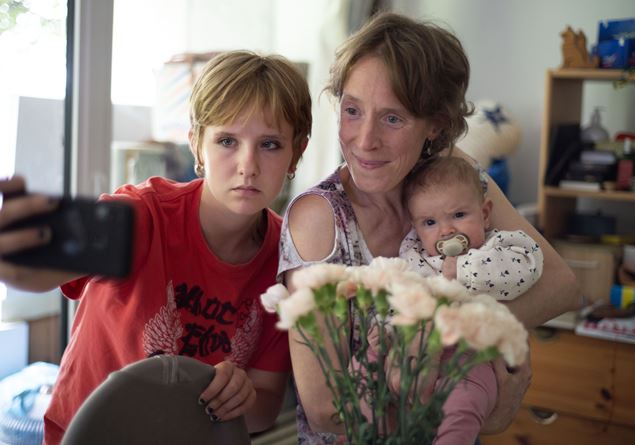The Annual Istat 2025 report, with its over 240 pages, offers the usual radiography of the “situation of the country” (this is precisely its subtitle), with a rich equipment of tables, graphs, historical series and international comparisons. Challenging reading, but always very instructive. In particular, this year the interpretative red thread that guides this precious analysis under the time is the relationship between the demographic change of the population and development and economic growth data, which do not seem to be always in synchrony. Demographic tendencies seem to remain strictly with a “less” sign: less and less births, overall decrease in the population, with growing share of elderly (and within them the share of very fragile elderly), and not very regulated and not very planned migratory movements, which therefore cannot become the real active tool of employment policy and economic development, trapped as they are opposed ideologies.
The constant and progressive depopulation of many rural and peripheral areas of the country is confirmed, which are emptied in favor of the Italian metropolises, or worse, in favor of other foreign countries. The latter are a privileged destination above all of many young graduate and specialized Italians, often with the best and most innovative skills – so that the Italian system prepares at its own expense, with twenty years of studies, professionals perfectly able to compete on the international market, However, they go to generate added value, wealth and tax contribution in countries that have not invested in their preparationand they just “reap the fruits”. To tell the truth, these countries have a great merit, compared to Italy: there our young people have the opportunity to risk and test themselves, putting their talents into play in contexts that enhance them “precisely because they are young and creative”. In our country, however, being young seems like a sort of handicap, a backpack filled with stones from previous generations, which prevents them from flying.
Yet many economic data – from the Istat report – are encouraging: the public debt decreases (although still too little), the occupation grows permanently, even the permanent one (even if too many works are still “poor”, precarious and underpaid), the same GDP seems to grow better than other European countries similar to us (including France and Germany, not many years ago apparently unattainable models). Yet it seems to prevail mistrust, fear of the future, pessimism, in an increasingly fatigued welfare system, in the face of the complexity and speed of changes of the present time.
In this scenario, so well outlined by the Istat report, perhaps it would be appropriate to comment on the data on the births positively: this year, in fact, “despite everything”, over 370,000 young women and young couples have had the courage to dare hope, welcoming a child and taking on a care task of at least twenty -five years. It is true that every year the births decrease a few thousand. But those who resist and still bet on the beauty of becoming parents deserves to be remembered, and perhaps even rewarded: as a generator of future and hope: for themselves, for their descent, for all of Italy.










